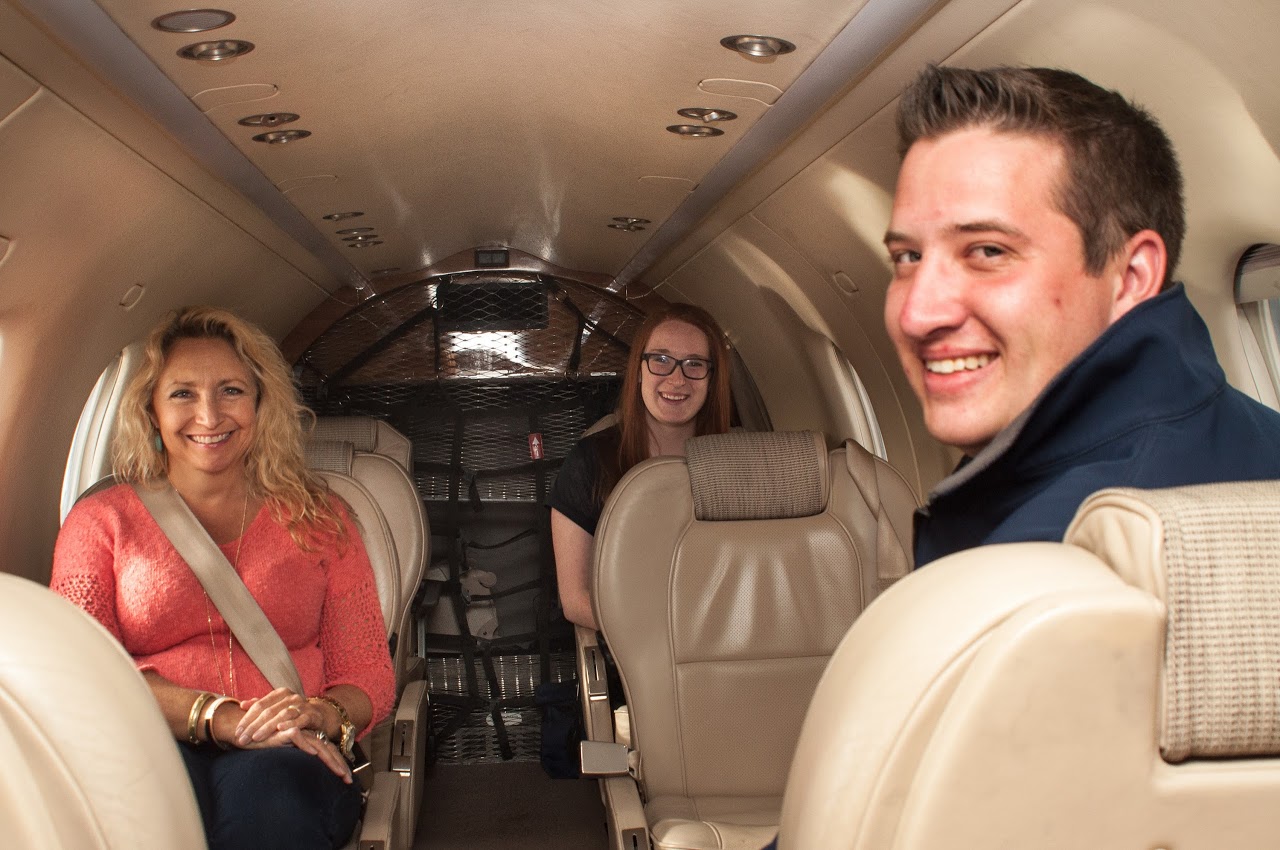Some information may be outdated.
Canyonlands Field Airport is seeking to expand its main terminal with Utah Permanent Community Impact Fund Board (CIB) funds, anticipating future airline service that could bring higher numbers of passengers per flight to Moab.
Grand County’s request on behalf of the airport for a $490,000 loan and $500,000 matching grant met with initial approval at the CIB’s July 7 meeting in Salt Lake City. Barring a disruption to anticipated funding or an unforeseeable event that moves another project higher on Grand County’s CIB priority list, the request should receive final approval and full funding in October, Regional Planning Program Southeast Region Planner Michael Bryant said.
The CIB felt that the proposal met an important infrastructure requirement for Grand County, said CIB Board Member and San Juan County Commissioner Bruce Adams, who represents the Southeastern Utah Association of Local Governments.
“Transportation infrastructure is critical; we see this as just as important as a paved road,” Adams said.
Closures at the airport are expected this winter for construction work to extend the runway, and Grand County Airport Manager Judd Hill said it makes sense to simultaneously expand the facility’s terminal.
The expansion will enlarge the waiting area to accommodate up to 90 passengers, including the addition of more seating and another restroom. It will also make room for efficient federal Transportation Security Administration (TSA) screening, Hill said.
The runway renovation, funded separately from the terminal expansion, will widen the runway from 75 feet to 100 feet, and increase its strength from 25,000-pound capacity to 76,000 pounds. Runway construction will last between three and four months, Hill said.
Current provider Boutique Air, which began local Essential Air Service (EAS) in late March, is doing a great job given the airport’s current capacity, Hill said. The air carrier’s eight-passenger Pilatus PC-12 and King Air 350 aircraft are currently providing multiple round-trip flights seven days a week to both Salt Lake City and Denver.
However, before former EAS carrier SkyWest discontinued its contract, its 30-passenger planes were selling out during the high tourism season, Hill said, bringing upwards of 60 passengers daily into the region.
“It’s not outside the realm of speculation that an airline could come here with 50-passenger jets instead of 30 and still sell out,” Hill said.
The trend in the airline industry is toward larger planes, Grand County Council chair Elizabeth Tubbs said. For example, SkyWest was unable to adhere to a federal order to resume flights to and from Canyonlands Field in 2015 because the airline had permanently decommissioned its fleet of 30-passenger aircraft, replacing them with a 50-passenger capacity aircraft that require a longer runway.
“When we lost SkyWest service, we had increased our numbers so we were nearing the threshold of 10,000 enplanements, which puts us in a new (Federal Aviation Administration) category that would have brought new funds to the airport,” Tubbs said.
As designed, the new terminal will meet the needs of the airline industry as it is currently trending for the next 20 to 30 years, Hill said. Although 90-passenger aircraft service is not anticipated in the very near future, the renovated runway and building will have the capacity to manage that many passengers and aircraft size.
Canyonlands Field Airport is currently considered a “non-primary” airport in the National Plan of Integrated Airport Systems (NPIAS), and as such is eligible for much less federal funding for airport improvements than “primary” NPIAS airports that exceed 10,000 boarded passengers annually.
Around 2.5 million people visit the Moab area annually, and at least a million of them are flying into either Salt Lake City or Las Vegas and driving to Moab, Hill said.
“We’re not bringing new people, people are already coming – we’re just losing their business,” he said.
Moab Area Travel Council Executive Director Elaine Gizler said that the remodel is long overdue.
“We’re looking forward to what it’s going to bring us for easier access for visitors and people coming to Moab to do business,” Gizler said. “Judd is doing a great job having the foresight to look forward and prepare for the growth that’s coming.”
Following funding approval, the Grand County Airport Board formed a committee to spearhead the development process. At its next meeting in August, the board will decide how to move forward with requests for proposals for design and construction, Hill said.
“In terms of economic diversity for this community, an airport is essential,” Tubbs added. “We want to attract people and work in those industries that need to be able to connect to the rest of the world.”
Final approval of loan, grant money expected in October
Appreciate the coverage? Help keep local news alive.
Chip in to support the Moab Sun News.





